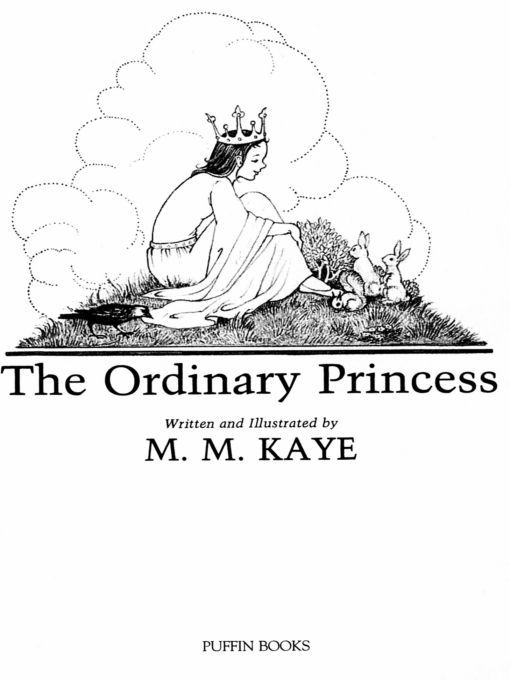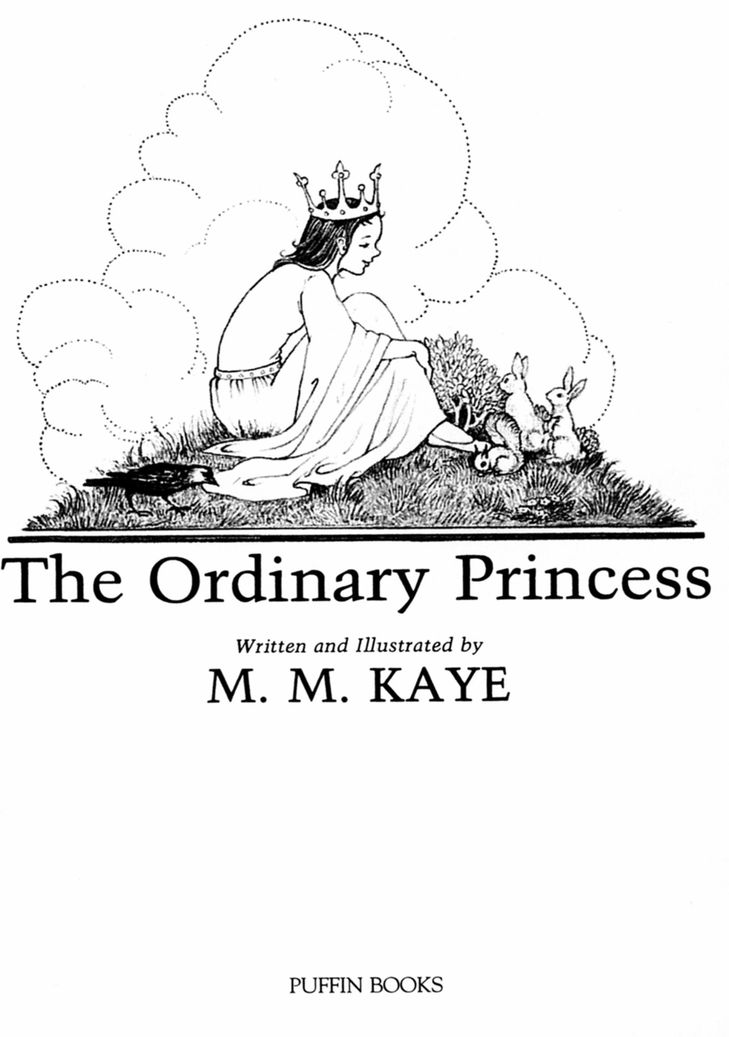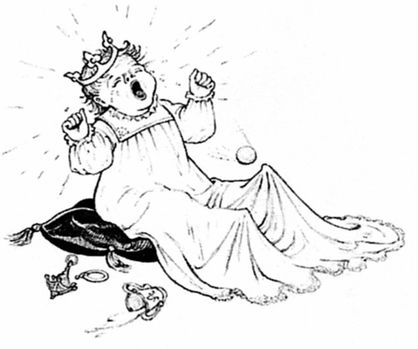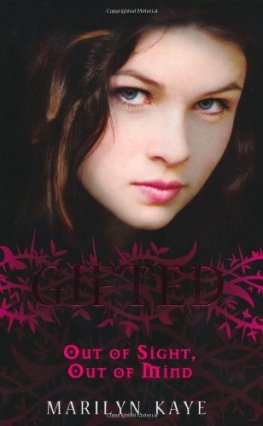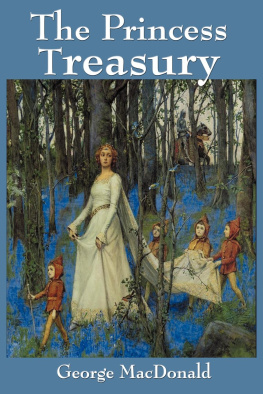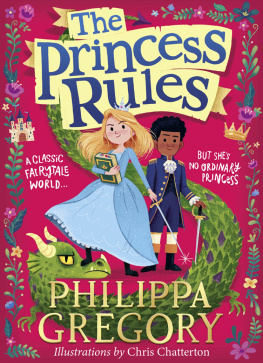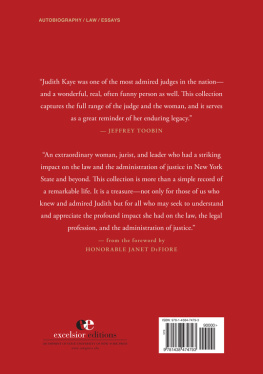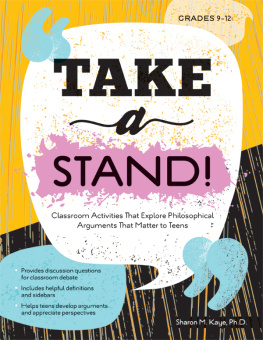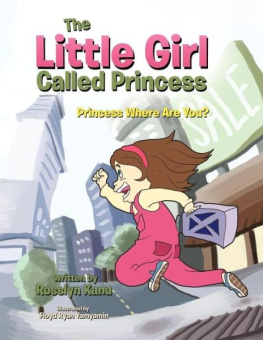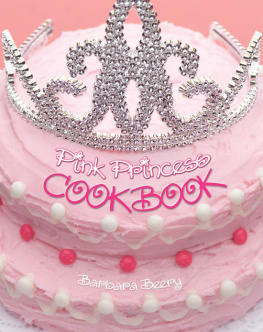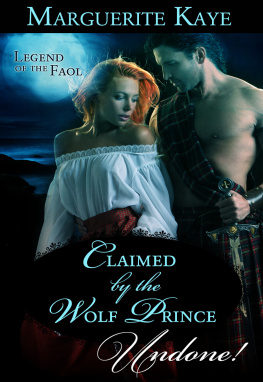Table of Contents
For
my granddaughter
Mollie Miranda Kaye
Foreword by the Author
This story was written many moons ago under an apple tree in an orchard in Kent, which is one of Englands prettiest counties.
It was springtime and I was staying with a school friend whose parents owned an old manor house that was full of pictures and books: books for grown-ups and books for children. Among the latter I was delighted to discover some that I knew well, for I had once had a whole set of these myself, only to lose them when a London warehouse, in which most of our family belongings had been stored after my father died, caught fire and burned to the ground.
They were the Andrew Lang fairy books, which Lang had compiled from stories that he had collected from all over the world. From China and India, Persia and Arabia, France, Britain and Spain, Germany, Russia and the Netherlands, and, in fact, from anywhere where generations of people have told their children fairy tales at bedtimewhich means practically everywhere!
Nowadays The Blue Fairy Book, The Green Fairy Book, The Lilac Fairy Book, and so on, right through the list of colors, are collectors items that fetch high prices at book auctions. Their charming illustrations were mostly the work of an artist called H. J. Ford, and I had admired them so much, particularly the colored ones, that I had made up my mind at a very early age that I too would be an illustrator of childrens books when I grew up.
During the next few days I reread most of them, and it was only after I had read at least twenty of the stories that I noticed something that had never struck me beforeI suppose because I had always taken it for granted. All the princesses, apart from such rare exceptions as Snow White, were blond, blue-eyed, and beautiful, with lovely figures and complexions and extravagantly long hair. This struck me as most unfair, and suddenly I began to wonder just how many handsome young princes would have asked a king for the hand of his daughter if that daughter had happened to be gawky, snub-nosed, and freckled, with shortish mouse-colored hair? None, I suspected. They would all have been off chasing after some lissome Royal Highness with large blue eyes and yards of golden hair and probably nothing whatever between her ears!
It was in that moment that a story about a princess who turned out to be ordinary jumped into my mind, and the very next morning I took my pencil box and a large rough-notebook down to the orchard and, having settled myself under an apple tree in full bloom, began to write it. England was having a marvelous spring that year, and the day was warm and windless and without a cloud in the sky. A perfect day and a perfect place to write a fairy story. For what could be a better spot for a princesseven an ordinary oneto be born in than an apple orchard in spring?
Apart from the fact that it was my hand that scribbled it all down, I cannot honestly claim to have written her story, for in fact it wrote itself. And at such breakneck speed that it was all I could do to make my pencil keep up with the tale that my head was telling me. It was an experience that has only happened to me on one other occasion, and I only wish it would happen more often, since except for those two occasions I am an extremely slow writer. Snails are not in the same league with me, and I always write in pencil so that I can rub out my mistakes. Yet I cannot remember using my eraser even once when I was writing The Ordinary Princess, and I sometimes think that Amy herself must have been doing the dictating. If so, she couldnt spell any better than I can. I never could spell. And still cant, worse luck!
When the story stopped of its own accord, I copied it out tidily from my rough-notebook onto lined paper, and once I was back again at work in London, a friend typed it out for me. After that, whenever I had any spare time, I would do one of the illustrations for it. The trouble was that I never had much spare time in those days, and that is why the manuscript, and as many of the illustrations as I had managed to do, eventually got put away in a portfolio and forgotten.
It is nice to know that at long last it is seeing the light of day, and I hope very much that readers will enjoy it. For if a time ever comes when children turn up their noses at such things as fairy tales and Father Christmas and Halloween, the world will be a lot dullerand not nearly such a nice place to live in!
PART I
Lavenders Blue
How It Began
Long and long ago, when Oberon was king of the fairies, there reigned over the fair country of Phantasmorania a monarch who had six beautiful daughters.
They were in every way all that real princesses should be, for their hair was as yellow as the gold that is mined by the little gnomes in the mountains of the north, their eyes were as blue as the larkspurs in the palace gardens, and they had complexions like wild rose petals and cream.
Their royal Mama the Queen was very proud of them, and they had all had extremely grand christenings when they were babies. She had called them all after precious stones and was often heard to refer to them playfully as my jewels. Their names were Diamond, Opal, Emerald, Sapphire, Crystal and Pearl.
Every princess wore a golden crown set with the jewels of her first name, so you can imagine the excitement in the city of Phanff (which is the capital of Phantasmorania) when the news leaked out that Messrs. Heibendiks & Piphorn, Goldsmiths and Silversmiths, By Appointment to His Majesty King Hulderbrand, had been commissioned to make another crown and this time to set it with amethysts.
So there is going to be a seventh princess at the palace, exclaimed the housewives of Phanff.
That is as it should be; a seventh daughter is always lucky, cackled the oldest inhabitant.
A seventh princess! sighed the romantic maidens. And of course she will be the most beautiful of all. Youngest princesses always are.
How lucky she will be! And Oh, how lovely to be a princess, thought the schoolchildren, looking enviously across the roofs of the town to where the tall towers and pointed turrets of the Royal Palace of Phanff rose high above the treetops.
How do you know that it wont be a prince this time? asked the travelers stopping at the inns and taverns of the city. But the townspeople and the innkeepers and the hosts of the taverns only laughed and said, It is plain that you are strangers to the country. Our royal family always has princesses.
But you have a king, objected the travelers.
Ah yes; but by tradition the heir to the throne is always the youngest son of the eldest princess. Its very simple.
And so, upon a lovely spring morning, when the primroses were gold in the Forest of Faraway and the woods were white with wild cherry blossom, the great bronze cannon on the palace walls, which is only fired at the birth of a royal baby, boomed out on the still air. And as the first puff of smoke broke from the walls and the first

